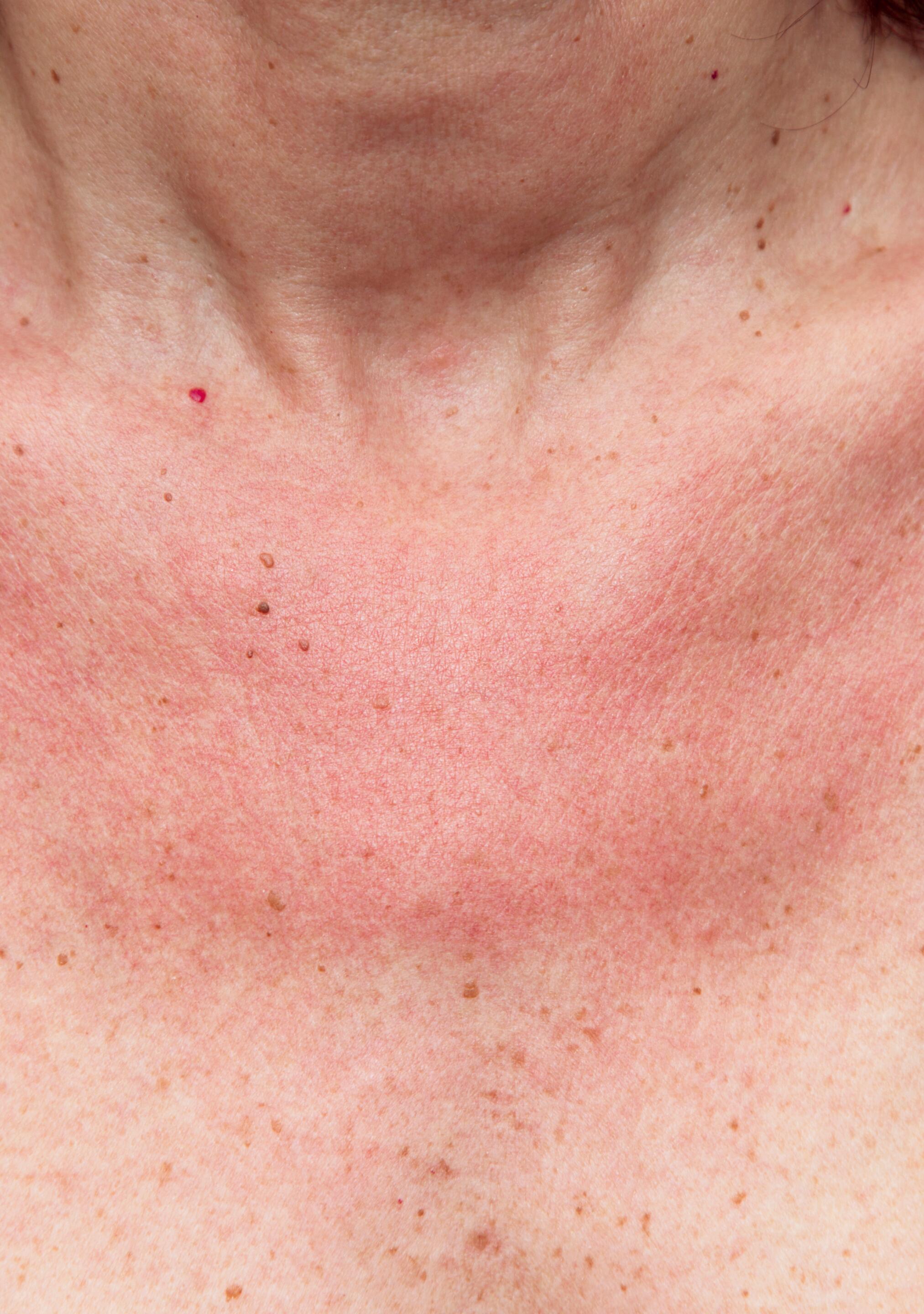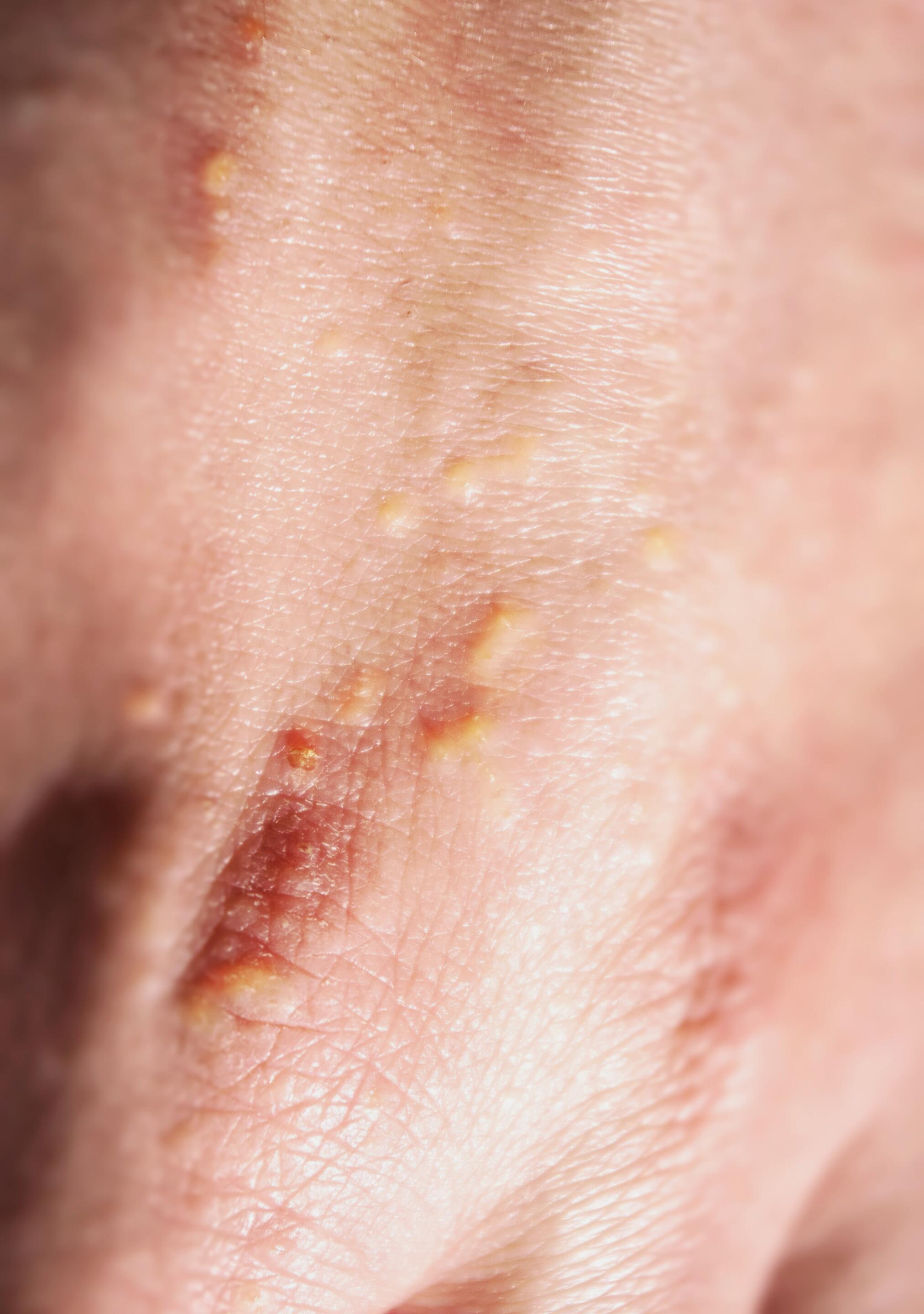Sun and allergies
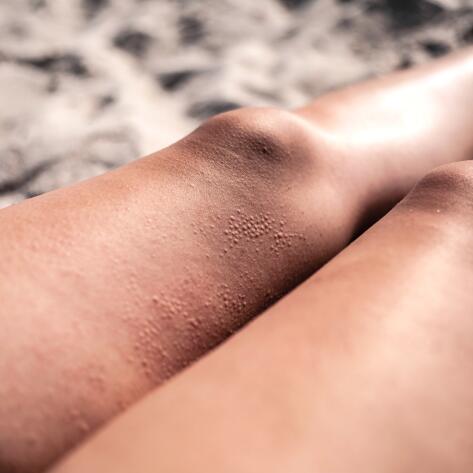
Symptoms of sun allergy
How do you know if you have a sun allergy? It's simple: after sun exposure, your skin is red and itchy. Sun allergy (or lucite, as it is medically known) manifests itself as redness: a rash of small, slightly raised red blemishes or papules and itchy sensations where your skin has been exposed to the sun. It is most often found on exposed areas such as the neckline, shoulders, arms, back of hands and feet. There are several forms of sun allergy.
Polymorphous light eruption
Polymorphous light eruption is the most common form of sun allergy. It mostly affects young women, mainly on the neckline, but it can affect any other area that has been exposed, with the notable exception of the face. The reaction occurs after the first or second exposure to the sun in the summer. It may ruin your life for a week, but it has the advantage (if you can call it that!) of not recurring after further exposure to the sun in the same season, as if the skin had got used to the sun. That being said, polymorphous light eruption will probably come back each year.
Polymorphic lucite
Polymorphic lucite is less common but more troublesome, in that it affects any exposed area, including the face, and occurs after every exposure, whether at the beginning, middle or end of the summer. This type of sun allergy will also probably come back in subsequent years.
Juvenile spring eruption
Sun allergy also affects children. Juvenile spring eruption in particular is a form of sun allergy that affects the ears of children and adolescents, more often boys than girls, and often during a stay in the mountains.
Solar urticaria
Finally, solar urticaria is triggered within a few minutes of exposure and disappears spontaneously in the shade after a few minutes or hours, depending on the individual. It results in the appearance of thick, red, itchy patches, similar to nettle stings.
The benefits and damage that the sun does to the skin
How to treat sun allergy
FRIENDLY, EXPERT ADVICE
With each new sunny season we need to foster good habits, because no treatment can give a definitive cure. There's no need to be down if you have a sun allergy: you don't have to stay in the shade during the summer! Good sun habits can be learned quickly and will do you a world of good.
What is the role of UVA and UVB in sun allergy?
While UVB is to blame for tanning and sunburn, UVA is the culprit when it comes to sun allergy. This is why it's important to find a high protection sun cream that protects against both types of UV rays.
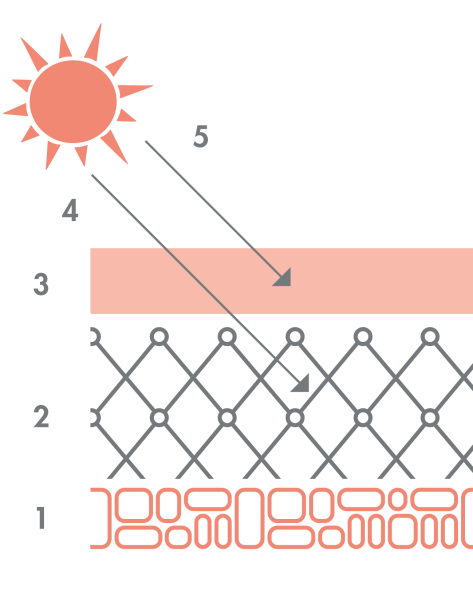
Lucite affects about 10% of adults, with signficantly more women affected, making up 90% of cases. Most people affected are young adults. The allergy may occur for a few years and then disappear completely.
Are there other causes to sun reaction beyond lucite?
Absolutely: the symptoms of summer lucite are the same as other causes. Summer lucite is not to be confused with a reaction caused by applying a perfume or other photo-toxic product on the skin, or taking photosensitising medication before sun exposure!
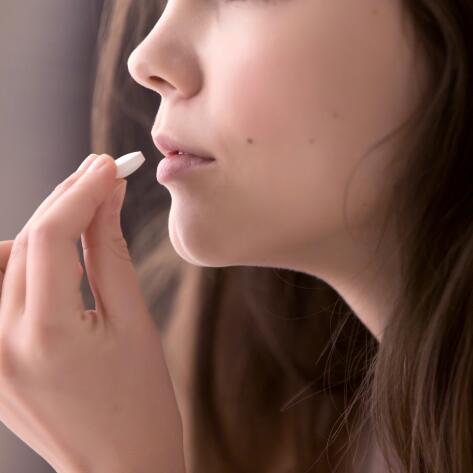
OUR SOLUTIONS TO PROTECT OUR FUTURE
Eau Thermale Avène skin care products designed to protect the skin and respect the oceans
NEWSLETTER
We're always here for your skin!
All our advice on how to take care of your skin day to day.
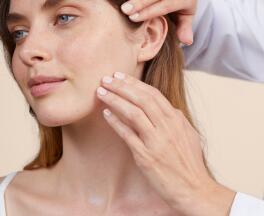
Which skin care routine should you adopt?
Identify what it really needs with the help of our experts and discover the most suitable skin care routine for you.

